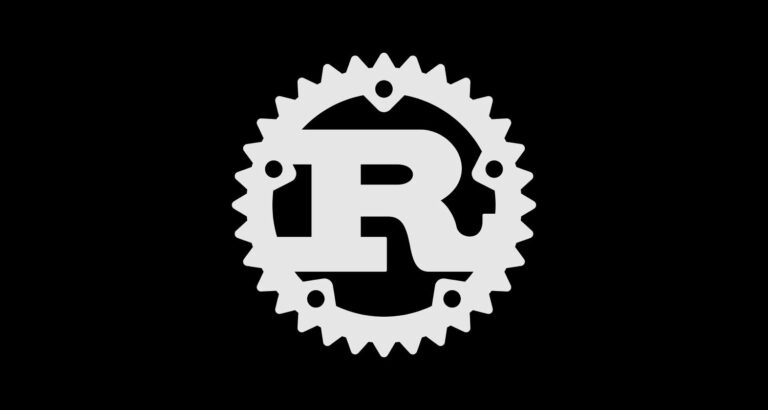The popular Rust programming language is going to develop its own specification. The composition of this specification will be an ongoing process and will be based primarily on current and future Rust versions.
By creating a specification, Rust’s developers want to provide a proper description of the language and define its boundaries. This means it will establish exactly what Rust programs are and what requirements they must meet. In addition, the specification should also specify the parameters of safe and non-safe Rust code.
The specification to be drafted should start to apply to the current version of the programming language and future versions. So far, the programming language does not have a specification.
Specification only, no definition
The recently established specification team will only write and produce the content.
Among other things, this means that the specification to be produced will not be a definition of the Rust programming language. The relevant development teams, such as the language and library API teams, will remain responsible for this.
Incremental development process
According to Rust, the specification to be produced will initially be based on current version and description of the programming language. The specification team indicates that certain missing parts may occur in the draft versions of the specification.
These missing parts will be filled over time until the final specification becomes available.
Composition Rust Specification Team
The Rust Specification Team consists of four people: Joel Marcey leads the team as Specification Editor. Members Felix Klock and Maras Bos are team leads, and Eric Huss is a team member.
In its work, the team is supported by key stakeholders for the programming language. These are all members of the Rust development team and representatives of operating system developers. These are mainly Linux and Microsoft.
Also read: Why the Rust programming language keeps getting more popular
